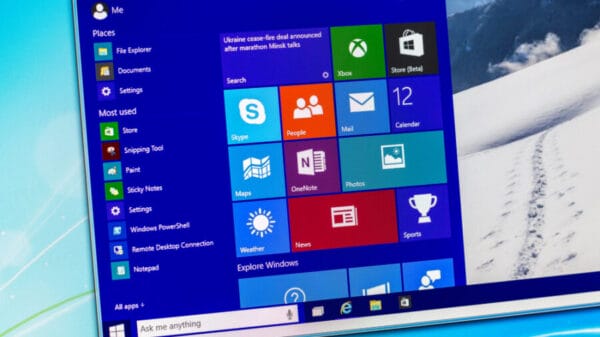Recently, Brave Software rolled out a new stable version of its web browser with various improvements and AI functionalities. One significant change is how VPN services are installed on Windows computers.
In the past, Brave would automatically install VPN services for all Windows users, even if most users didn’t use them. This led to users having VPN services installed on their systems without their consent or any plans to use them.
After receiving feedback, Brave Software acknowledged that VPN services had been installed on Windows devices but set to manual startup, meaning they were inactive unless users activated them. Additionally, these services did not send any data to Brave Software.
To address this issue, Brave Software decided to update their approach. With the release of Brave 1.64 six months later, the latest version no longer automatically installs VPN services on Windows devices.
According to the changelog, Brave explains: “Fixed Brave VPN to not install VPN services until VPN is purchased or enabled.”
After testing this change on two systems, it was confirmed that the VPN services, specifically Brave VPN Service and Brave VPN Wireguard Service, were not automatically installed after updating to Brave 1.64.
Moving forward, these VPN services will only be added if a user purchases the VPN from Brave Software or activates it on their device. Additionally, if the VPN remains unused, these services will be removed from the system.
Brave Software has officially detailed this change and updated behavior on GitHub, ensuring that if users haven’t acquired a VPN subscription or activated the VPN in the browser settings, these services will be removed.
Other Updates in Brave 1.64
Brave 1.64 also brings several interesting enhancements. This includes a new feature called “bring all tabs to this window,” which allows users to merge tabs from other windows into the active window.
Furthermore, the integrated AI component, Brave Leo, now offers a new text right-click context menu. This feature allows users to select text on a webpage, access Brave AI Tools, and choose from various options, such as getting a text summary or using rewrite options powered by the language model integration.
Additionally, two significant security and privacy improvements have been highlighted by Brave Software. This includes enhancing Tor functionality to match the capabilities of the Tor browser in terms of stream isolation for third-party resources. The other improvement involves enhancing the storage partitioning feature of Chromium to ensure compatibility with Brave’s ephemeral storage implementation.
Image Source: Unsplash













